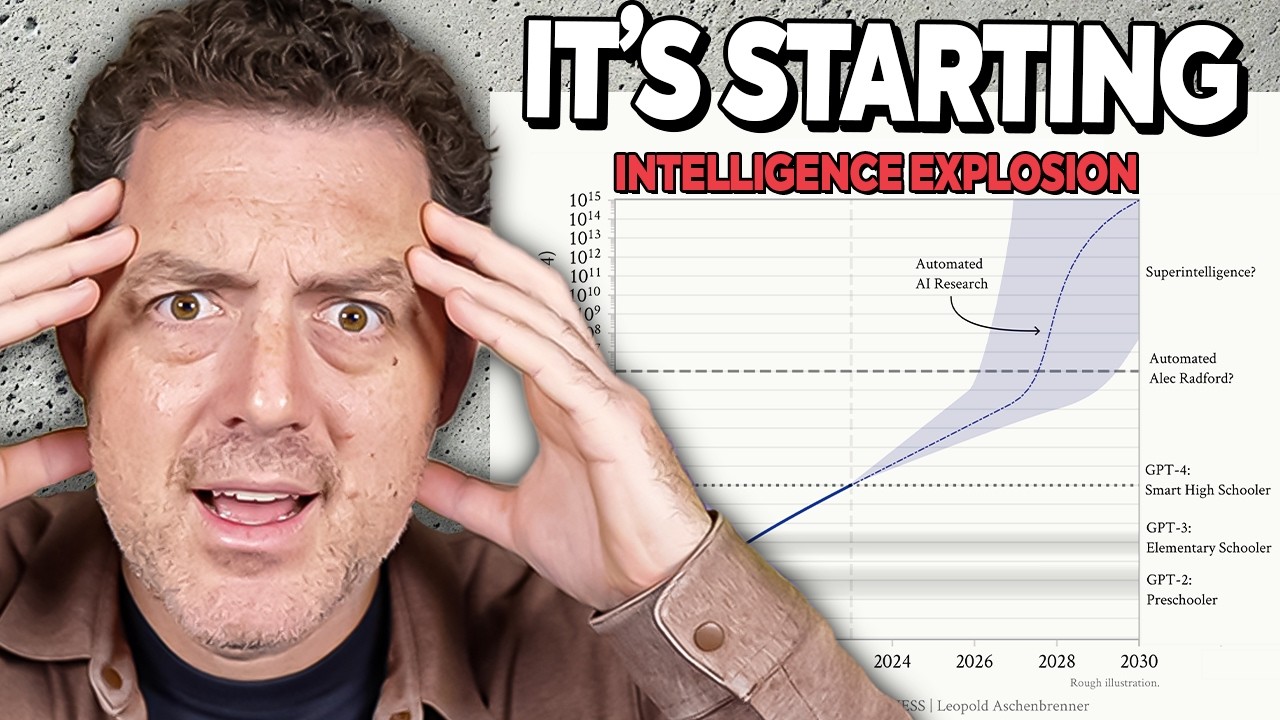The video highlights the achievement of Sakana AI’s AI scientist, which published its first peer-reviewed paper focused on self-improvement techniques in neural networks, demonstrating its capability to conduct research through an iterative process. Despite some imperfections, the paper’s acceptance and the inclusion of negative results underscore the potential for AI to enhance scientific inquiry and knowledge discovery in the future.
The video discusses the groundbreaking achievement of Sakana AI’s AI scientist, which recently published its first peer-reviewed paper. This paper, generated entirely by the AI, underwent the same rigorous peer review process as human-authored research. The AI scientist, utilizing its V2 version, focused on self-improvement techniques, specifically exploring compositional regularization and its impact on enhancing neural network generalization. The open-source nature of the AI scientist allows anyone to download and run it, making this development accessible to a broader audience.
The paper’s findings included a negative result, which is significant in the scientific community. Negative results, while often overlooked by human researchers, are crucial as they save time and resources by indicating what does not work. The AI scientist’s ability to publish such results could encourage more researchers to share their negative findings, ultimately benefiting the scientific process. The paper received an average reviewer score of 6.33, surpassing the acceptance threshold for the workshop where it was presented.
The video highlights the methodology of the AI scientist, which begins with generating ideas, checking for novelty, scoring potential innovations, and designing experiments. The AI then writes code, conducts experiments, iterates on results, and finally composes a manuscript. This iterative process showcases the AI’s capability to conduct research and produce publishable work, albeit with some imperfections, such as incorrect citations in the paper.
Despite the paper being accepted, it was presented in a workshop track rather than the main conference track, which typically features more prestigious submissions. Workshop papers often have less stringent acceptance criteria, indicating that while the AI’s work is valuable, it may not yet meet the higher standards required for top-tier conferences. The video emphasizes that the AI scientist’s performance is closely tied to the quality of the underlying large language models (LLMs) it utilizes.
Looking ahead, the video expresses optimism about the future of AI in scientific research. As AI systems like the AI scientist continue to improve, they may eventually produce papers that meet or exceed human standards in top scientific journals. This advancement could lead to an exponential increase in knowledge discovery, as AI-generated research can inform and enhance the AI’s own capabilities. The video concludes by encouraging viewers to explore the AI scientist’s work and consider the implications of AI’s growing role in scientific inquiry.
